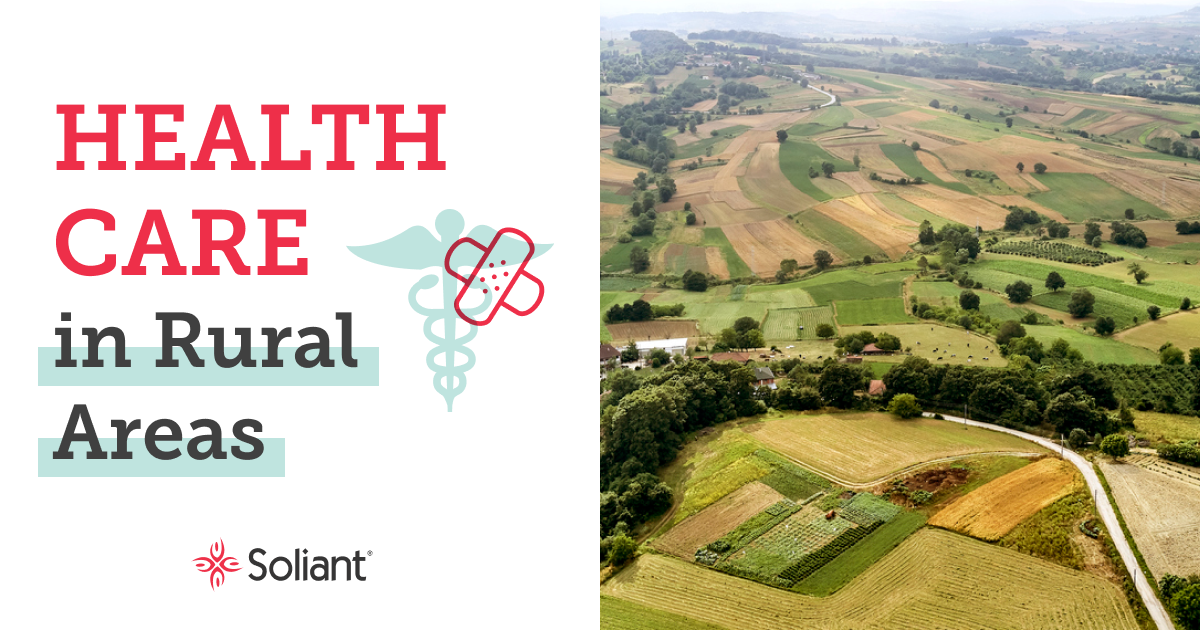
According to the U.S. Census Bureau, about 60 million people, or one in five Americans, live in rural America. Studies from the CDC are now drawing attention to the gap in health between urban and rural America. However, in urban areas, there are still plenty who find it difficult to access the primary or specialty care they need. Delays and longer wait times are often the case in these areas as well.
Though there’s an urge to discover whether people in cities or the countryside have it better when it comes to access to medical professionals, the differences between states and the way people in both populations utilize healthcare services make a definitive winner-loser comparison impossible.
What we can do is look at a few telling aspects of how rural medical care compares to that of cities.
Rural Healthcare in America
Before we compare urban and rural healthcare, it is important we understand both. Rural simply refers to a geographic area that is located outside of towns and cities. An urban area is the opposite, as it’s an area that is built up with a high population of people and a dense infrastructure.
Access to Healthcare in Rural Communities
The primary issue that the rural healthcare system faces is workforce shortage problems. Since fewer people live in these areas, the pools of qualified nurses, doctors, and specialized school professionals are drastically smaller than their urban counterparts. According to the National Rural Health Association (NRHA)—a national non-profit organization providing leadership on rural health issues through advocacy, communications, education, and research—the patient-to-primary care physician ratio in rural areas is only 39.8 physicians per 100,000 people, compared to 53.3 physicians per 100,000 in urban areas.
Additionally, the average household income in rural areas is generally less than in cities. According to the Census Bureau, the poverty rate in the rural areas is 14.4%, compared with 11.9% nationwide. In addition, the average per capita income in urban areas was $61,717, while the average per capita income in rural areas was $45,917, according to the U.S. Department of Agriculture Economic Research. When it comes to healthcare, that means fewer people can afford coverage in the first place.
Insurance coverage is a large issue in rural areas, with Census data reporting that residents of rural counties still lack insurance at higher rates than those living in urban areas. There’s less competition among insurance companies in rural areas, fewer employers who have healthcare plans, and a larger percentage of rural residents are self-employed.
Rural Americans also make up a greater population of those who are in need of healthcare services in the first place. The CDC states that rural Americans are more likely to die from heart disease, cancer, unintentional injury, chronic lower respiratory disease, and stroke than their urban counterparts.
Improving Access to Healthcare in Rural Areas
Although there are many drawbacks to rural healthcare, the problem doesn’t go unnoticed. Rural doctors are often much more aware of the problem on an individual basis and are more willing and flexible to work with patients to come up with payment plans they can handle.
The doctors who work in rural communities also tend to be general practitioners instead of specialists. They are more interested in making a difference in the community than getting the highest pay and tend to stay in the community longer than doctors stay at an urban practice. There are several efforts being made to improve the accessibility of healthcare services in rural areas:
- Increasing utilization of telehealth services
- Education on healthy practices through public health campaigns for rural populations
- Implementation of government policies to increase accessibility
- Staffing companies placing medical professionals in hard-to-reach places
Healthcare in Rural vs. Urban Areas
While urban and rural areas face many of the same socioeconomic challenges within the healthcare system, there is still a disparity across the board. According to the NRHA, rural Americans face unique challenges that urban Americans do not, such as a 22% greater risk of injury-related death and greater distances to reach a doctor or hospital. In addition, access to high-speed internet, which is something commonplace in metropolitan areas, greatly affects the rural healthcare system.
Rural vs. Urban Nursing
Urban and rural nurses still receive the same degree and are required to have the same credentialing and licensure. However, a primary difference between the two roles is the type of injuries and diseases they see on a daily basis. While diabetes, tobacco use, and car accidents happen everywhere, these detriments are significantly more common in rural areas. For example, according to the NRHA, more than 50% of vehicle crash-related fatalities happen in rural areas, even though less than one-third of miles traveled in a vehicle occur there.
A positive aspect of a nursing career is that professionals have the opportunity to travel. Travel nursing allows a constant influx of trained and specialized nurses, such as ER, OR, or ICU nurses, to these rural areas in need of specialized services and staff. If you are a nurse looking for your next assignment and have a passion for serving communities in need, browse our available travel nurse openings through the button below!
Search Nursing Jobs